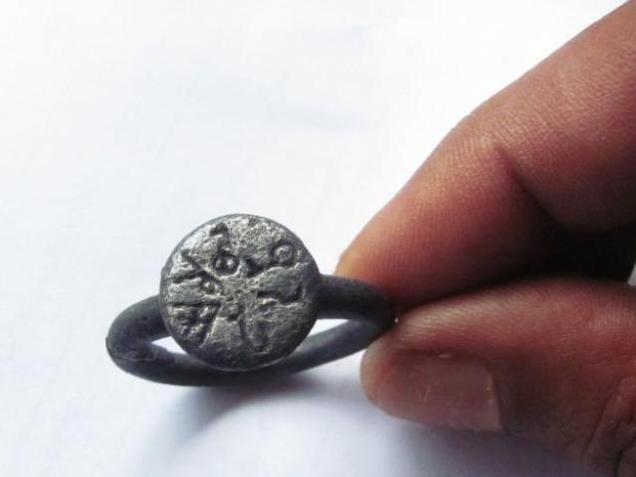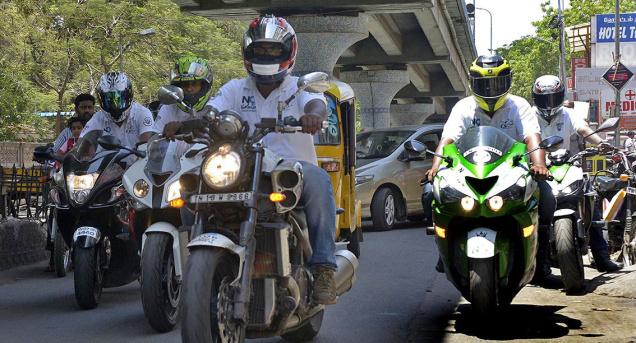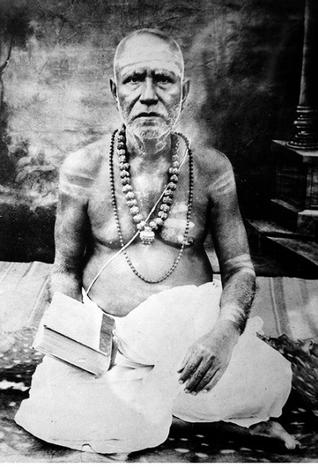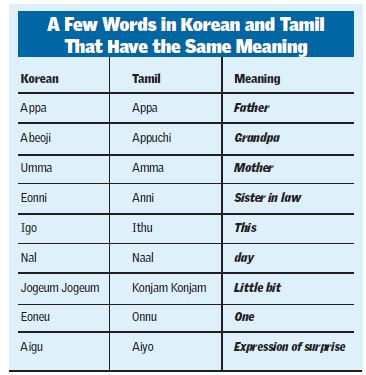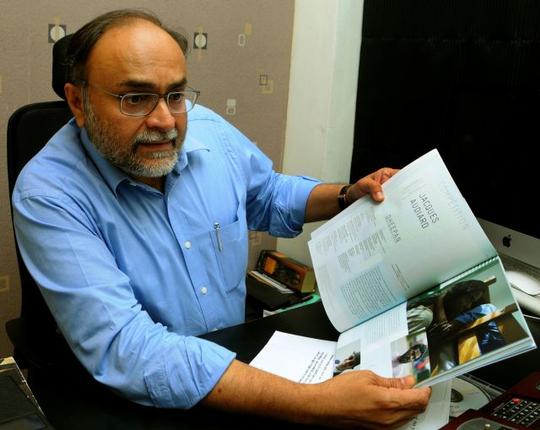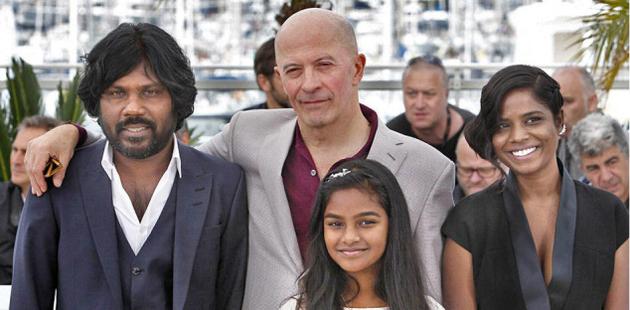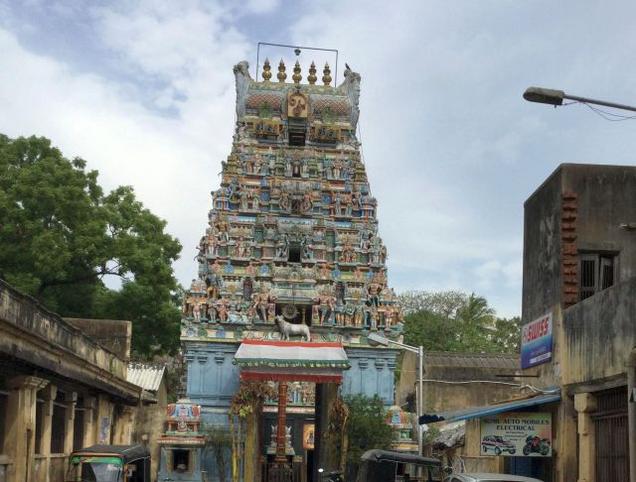
There is a theory that Cooum, a polluted river in Chennai is a corruption of Komaleeswaram.
In South India, any spot where a river suddenly turns north is considered particularly holy. A temple usually comes up at this bend. Our polluted Cooum River is no different. After flowing placidly west to east, it takes a turn northwards at Egmore, forms an oxbow around Chintadripet and then flows east to the sea. The little hamlet that nestles in this bend is Komaleeswaranpet.
The village takes its name from its Shiva temple where the Lord is Komaleeswarar and his consort, Komalambika. There is also a theory that Cooum is a corruption of Komaleeswaram. This must have been a sylvan locality around 400 years ago, the river sending wafts of cool breeze. It became an urban settlement in the 1730s when Chintadripet on the opposite bank developed. The main thoroughfare of the village led from the temple and came to be known as Pagoda Street, after the British term for any Hindu place of worship.
This street, backing as it did on to the river, became the place of residence of the well-to-do. Chief among these was Dubash Pachayappa Mudaliar, who in a short lifespan of 40 years (1754 to 1794), earned an enormous fortune, most of which is today used for running educational institutions. Srinivasa Pillai, who wrote Mudaliar’s biography in the 1840s, has it that Pachayappa built his house “at the hermitage like Komaleeswaranpet which takes its name from Lord Shiva.”
Pachayappa’s neighbours on Pagoda Street were Muniappa Pillai, a wealthy businessman and Swami Naick, a Native Dresser in the Army. All three have streets commemorating them in Komaleeswaranpet. Swami Naick is also remembered in a small monument set within a triangular park. Pagoda Street is now Harris (Adithanar) Road, a broad thoroughfare.
Local tradition has it that all the aristocrats of the village worshipped Komaleeswarar. Pachayappa’s will, however, does not mention any donation to it. The temple had a unique festival when flowers would be brought in coracles along the river. Today, this can only be imagined. The flourishing grey market for automobile parts that constitutes Pudupet has cut off the Cooum from Komaleeswarar. Sailing in the Cooum would be impossible anyway.
When you enter Temple Street, you are transported back to the 1800s. Old houses line the sides. The temple has acquired a tower in recent years. A broad courtyard leads to the small sanctum, which has sadly been modernised with polished granite and vitrified tiles. But the pillars and ceiling of the pavilion fronting it retain their antiquity with carved figures on them. A stone slab in the kitchen records a renovation done in 1818 by one Kuppammal, wife of Triplicane-based Baba Sah, a cloth merchant of the Saurashtra community. Donors of this century have not been as aesthetic as her in recording their munificence. Huge black granite slabs set out their deeds in gaudy gold lettering.
Komaleeswaranpet brings a whiff of old Madras, and sadly, a lot of the Cooum.
(Sriram is passionate about Chennai history and Carnatic music, and has several books to his credit)
source: http://www.thehindu.com / The Hindu / Home> Features> MetroPlus / by Sriram V / June 12th, 2015
